

Articles
What Is Garden
Modified: January 5, 2024
Discover the art of gardening and unlock the secrets to creating your dream garden. From beginner tips to expert advice, learn how to cultivate a thriving garden with our comprehensive gardening guide.
(Many of the links in this article redirect to a specific reviewed product. Your purchase of these products through affiliate links helps to generate commission for Storables.com, at no extra cost. Learn more)
Introduction
Gardening, the art and practice of cultivating plants, has long been a beloved pastime for people of all ages. Whether you have a spacious backyard, a cozy balcony, or even just a sunny windowsill, gardening allows you to connect with nature and create your own green oasis.
But gardening is much more than just a hobby. It is a therapeutic and rewarding activity that offers a multitude of benefits for both your mental and physical well-being. From the joy of watching your plants grow and flourish to the satisfaction of harvesting your own fresh produce, gardening brings a sense of fulfillment and connection to the natural world.
In this article, we will explore the fascinating world of gardening, discussing everything from the different types of gardens to the essential elements for a successful garden. Whether you are a beginner or an experienced gardener, the insights and tips shared here will help you create and maintain a beautiful and thriving garden.
So grab your gardening gloves and let’s dive in!
Key Takeaways:
- Gardening is a transformative experience that offers numerous benefits for the mind, body, and environment. It provides solace, sustenance, and a platform for learning, creativity, and connection with nature.
- The joy of gardening extends beyond the bountiful harvests to the satisfaction of nurturing life and creating a unique expression of beauty. Embrace the journey, celebrate successes, and find solace in the simple act of connecting with the earth.
Read more: What Gardeners Need
Definition and Purpose of a Garden
A garden can be defined as a cultivated space where plants, flowers, vegetables, or herbs are grown. It can range from a small container garden on a balcony to an expansive landscape featuring a variety of plants and design elements. The purpose of a garden can vary depending on individual preferences and goals.
For many people, gardens serve as a source of beauty and aesthetic pleasure. They provide a visually appealing environment that can enhance the overall ambiance of a home or outdoor space. By carefully selecting and arranging plants, as well as incorporating elements such as pathways, water features, and seating areas, a garden can become a serene and inviting retreat.
Additionally, gardens have long been a source of sustenance. Growing your own fruits, vegetables, and herbs allows you to have access to fresh and nutritious food right at your doorstep. It promotes self-sufficiency and a healthier lifestyle, while also reducing your carbon footprint by minimizing the need for transportation and packaging of produce.
Moreover, gardens offer the opportunity for hands-on learning and education. Children can gain valuable knowledge about nature, botany, and ecosystems by actively participating in gardening activities. It fosters a sense of responsibility and connection with the environment, instilling a lifelong appreciation for the natural world.
Furthermore, gardens provide a space for relaxation and stress relief. Gardening has been proven to have therapeutic benefits, reducing anxiety and promoting mental well-being. The act of tending to plants, feeling the soil in your hands, and witnessing the growth and transformation of your garden can be incredibly calming and rejuvenating.
Last but not least, gardens play a crucial role in supporting biodiversity and environmental conservation. By choosing native plants, creating habitats for beneficial insects and wildlife, and practicing sustainable gardening methods, you can contribute to the preservation of ecosystems and the protection of threatened species.
In summary, gardens are much more than just a collection of plants. They are spaces that reflect personal style and creativity, provide nourishment for the body and mind, offer opportunities for learning and relaxation, and contribute to the overall health of our planet. So, whether you have a green thumb or are just starting your gardening journey, creating and tending to a garden can be a fulfilling and enriching experience.
Different Types of Gardens
Gardens come in a variety of types, each with its own unique characteristics and purposes. From formal gardens to practical vegetable plots, here are some of the most common types of gardens you can consider:
- Formal Gardens: Formal gardens are characterized by their well-manicured and symmetrical designs. They often feature geometric patterns, hedges, topiaries, and carefully planned pathways. Formal gardens exude elegance and are typically seen in historical estates or grand residences.
- Cottage Gardens: Cottage gardens embrace a more relaxed and informal style. They are reminiscent of old-world charm and feature a mix of vibrant flowers, heirloom plants, and climbing vines. Cottage gardens often incorporate elements like picket fences, arbors, and benches to create a quaint and cozy atmosphere.
- Container Gardens: Container gardens are a great choice for those with limited space or no access to a traditional garden. They involve growing plants in pots, containers, or hanging baskets. Container gardens can be placed on balconies, terraces, or even indoors, and offer versatility in terms of plant selection and arrangement.
- Vegetable Gardens: Vegetable gardens are practical and rewarding, as they provide a sustainable source of fresh produce. Whether you have a small raised bed or a large plot, vegetable gardens can be tailored to suit your needs. They require careful planning, soil preparation, and regular maintenance to ensure a successful harvest.
- Herb Gardens: Herb gardens are a popular choice for those who enjoy cooking and using fresh herbs in their culinary creations. They can range from a few potted herbs on a windowsill to a dedicated garden bed filled with a variety of aromatic plants like basil, rosemary, and mint.
- Water Gardens: Water gardens incorporate ponds, waterfalls, or fountains to create a soothing and tranquil environment. They often feature aquatic plants like water lilies and pond fish. Water gardens require careful planning and maintenance to ensure a healthy balance of water and plant life.
- Wildflower Gardens: Wildflower gardens are a celebration of nature’s beauty. They consist of native or naturalized flowering plants that thrive without extensive care. Wildflower gardens support pollinators and wildlife while adding a touch of charm and color to any landscape.
- Rooftop Gardens: Rooftop gardens are ideal for urban dwellers who want to maximize their outdoor space. These gardens are grown on the rooftops of buildings and can help improve air quality, reduce energy consumption, and create a peaceful oasis in an otherwise concrete jungle.
These are just a few examples of the various types of gardens you can create. It’s important to consider your space, climate, and personal preferences when choosing the type of garden that suits you best. Remember, there are no limits to creativity when it comes to gardening, so feel free to mix and match different styles to create a garden that is uniquely yours.
Benefits of Having a Garden
Having a garden goes beyond just beautifying your outdoor space; it offers a multitude of benefits for both your physical and mental well-being. Here are some of the key advantages of having a garden:
- Stress Relief: Gardening is a therapeutic activity that can help reduce stress and anxiety. The act of being in nature, tending to plants, and getting your hands dirty releases endorphins and promotes relaxation. The rhythmic tasks of watering, weeding, and pruning can have a meditative effect, allowing you to escape the pressures of daily life.
- Physical Exercise: Gardening provides a low-impact form of exercise that engages your whole body. Digging, planting, and carrying bags of soil or mulch help to improve strength, flexibility, and cardiovascular health. Spending time outdoors also exposes you to natural sunlight, boosting your vitamin D levels and promoting overall well-being.
- Connection with Nature: Gardening allows you to connect with the natural world and develop a deeper appreciation for its beauty and cycles. Witnessing the growth of plants, observing the visiting birds and butterflies, and feeling the earth beneath your fingertips nurtures a sense of harmony and connection with the environment.
- Improved Mental Health: Being in a garden has been shown to improve mental health and general well-being. Research indicates that gardening can reduce symptoms of depression and improve mood. The sense of accomplishment and nurturing that comes from watching your plants thrive can boost self-esteem and provide a sense of purpose.
- Fresh and Nutritious Food: Growing your own fruits, vegetables, and herbs gives you access to fresh and nutritious produce right at your doorstep. You have control over the cultivation methods, ensuring the absence of harmful pesticides or chemicals. Harvesting your own food not only provides you with a sense of satisfaction but also encourages a healthier and more sustainable diet.
- Environmental Benefits: Gardens contribute to a healthier environment. Plants absorb carbon dioxide and release oxygen, improving air quality. They also create habitats for beneficial insects, birds, and other wildlife, promoting biodiversity. By implementing sustainable gardening practices, such as composting and water conservation, you can minimize your ecological footprint and contribute to environmental conservation.
- Social Interaction: Gardens can be a great platform for social engagement. Whether you join a community garden or share your harvest with neighbors and friends, gardening creates opportunities for connection and fostering relationships. Sharing gardening tips, swapping seeds or plants, and participating in garden events or workshops can enrich your gardening experience.
- Enhanced Creativity: Gardening allows you to express your creativity and experiment with different plant combinations, colors, and designs. It provides an outlet for self-expression and encourages you to think outside the box. You can create themed gardens, design unique containers, or even try your hand at vertical gardening or bonsai.
These benefits highlight the transformative power of gardening on various aspects of our lives. Whether you have a small plot or a sprawling garden, cultivating plants and creating your own green space can bring immense joy, health, and fulfillment.
Essential Elements for a Successful Garden
Creating a successful garden involves more than just planting and watering. It requires careful planning, preparation, and attention to detail. Here are some essential elements to consider for a thriving garden:
- Sunlight: Most plants require an adequate amount of sunlight to grow and thrive. Evaluate your garden space and choose plants that are suitable for the amount of sunlight available. Full-sun plants need at least six hours of direct sunlight per day, while shade-loving plants can thrive with less light.
- Quality Soil: Good soil is the foundation of a healthy garden. It should be well-draining, rich in organic matter, and have a balanced pH level. Test your soil’s composition and amend it with compost, peat moss, or other organic matter as needed. This will ensure that your plants receive the necessary nutrients for optimum growth.
- Proper Watering: Watering is essential for plant growth, but it’s important to strike a balance. Overwatering can lead to root rot and diseases, while underwatering can cause stress and stunted growth. Learn the watering requirements of your plants and adjust accordingly. Water deeply and infrequently, allowing the soil to dry out between waterings.
- Appropriate Plant Selection: Choose plants that are well-suited to your climate, soil type, and available sunlight. Consider factors such as plant hardiness, water requirements, and maintenance needs. Select a mix of annuals, perennials, and native plants to ensure a continuous display of color and interest throughout the seasons.
- Proper Spacing: Proper spacing is essential for the healthy development of plants. Overcrowding can lead to competition for resources and increased susceptibility to diseases and pests. Follow spacing guidelines provided by seed packets or plant labels to ensure adequate air circulation and room for plants to grow to their full potential.
- Regular Maintenance: Regular maintenance is crucial to keep your garden in good health. This includes tasks such as weeding, pruning, deadheading spent flowers, and removing diseased or damaged foliage. Regularly inspect your plants for signs of pests or diseases and take appropriate measures for control.
- Mulching: Applying a layer of organic mulch around your plants helps conserve moisture, suppress weeds, and regulate soil temperature. Mulching also adds nutrients to the soil as it breaks down over time. Use materials such as wood chips, straw, or compost and maintain a thickness of 2-4 inches.
- Proper Fertilization: Providing your plants with the necessary nutrients is important for their growth and productivity. Use organic or slow-release fertilizers to avoid burning the roots. Follow recommended application rates and timing based on the specific needs of your plants.
- Pest and Disease Management: Keep a close eye on your garden for signs of pests and diseases. Monitor plants regularly, especially the undersides of leaves where insects often hide. Implement integrated pest management (IPM) strategies such as handpicking pests, using organic pest control methods, and practicing good garden hygiene to minimize the impact of pests and diseases.
- Continuous Learning: Gardening is an ongoing learning process. Stay curious and keep expanding your knowledge about plants, gardening techniques, and innovative practices. Join a gardening club, attend workshops, or explore online resources to stay updated with the latest trends and best practices.
By considering these essential elements and incorporating them into your gardening practices, you can create a thriving and beautiful garden that brings you joy and satisfaction for years to come.
Read more: What Do Gardeners Do
Selecting the Right Location for Your Garden
The success of your garden greatly depends on selecting the right location. Here are some key factors to consider when choosing the perfect spot:
- Sunlight: Most plants require adequate sunlight to thrive. Observe the potential garden area throughout the day to determine how much sunlight it receives. Ideally, your garden should receive at least 6-8 hours of direct sunlight each day. If your space is shaded, consider growing plants that prefer partial shade or focus on shade-tolerant varieties.
- Soil Quality: Assess the soil quality of the area where you plan to create your garden. Soil should be well-draining, rich in organic matter, and have a balanced pH level. Conduct a soil test to determine its composition and make adjustments as necessary by incorporating compost, peat moss, or other organic amendments.
- Accessibility: Choose a location that is easily accessible for planting, watering, and maintenance. Consider factors such as proximity to a water source and the availability of gardening tools. Additionally, if you have any physical limitations, make sure the garden is placed within reach to comfortably tend to your plants.
- Protection from Wind: Strong winds can damage plants and disrupt their growth. Select a location that offers some natural protection from wind, such as positioning your garden near a fence, building, or established trees. If your garden is in an open area, consider adding windbreaks, such as hedges or mesh barriers, to mitigate the effects of strong winds.
- Space Availability: Assess the available space you have for your garden. Determine whether you have enough room to accommodate the plants you wish to grow. Take into account the mature size of plants and ensure they have sufficient space to spread their roots and grow comfortably.
- Proximity to Water: Water is crucial for plant growth, so choose a location that is easily accessible to a water source. This will make it more convenient to water your plants and ensure they receive adequate moisture when needed. If your garden is far from a water source, consider installing a drip irrigation system to efficiently deliver water directly to the plants’ root zones.
- Microclimates: Microclimates are small areas within your garden that have slightly different climatic conditions. Assess the microclimates in your garden, such as areas influenced by buildings or large trees, as they can create variations in temperature and moisture. This can help you strategically place plants that have specific temperature or humidity requirements.
- Aesthetic Considerations: While functionality is important, take aesthetics into account when selecting the location for your garden. Consider how it will blend with the overall landscape design of your property. Choose a spot that allows you to enjoy the view of your garden from different angles, such as near a patio or seating area.
- Future Growth: Consider the future growth potential of your garden. Ensure that your chosen location can accommodate the expansion of your garden in the coming years. Leave some room for adding new plants or expanding existing beds to avoid overcrowding and facilitate easier maintenance.
By carefully considering these factors, you can select the right location for your garden and create an environment that promotes healthy growth and overall garden success. Remember, each garden is unique, so trust your instincts and envision the garden of your dreams in the chosen location.
Soil Preparation and Testing
Preparing the soil is essential for creating a healthy and productive garden. By investing time and effort into soil preparation, you provide a solid foundation for your plants to thrive. Here are some steps to follow:
- Clear the Area: Start by removing any existing vegetation and debris from the garden area. Clear away weeds, rocks, and roots that could interfere with plant growth.
- Soil Testing: It’s crucial to understand the composition of your soil before planting. Conduct a soil test to determine pH levels and nutrient deficiencies. Soil testing kits or professional laboratories can provide detailed analysis and recommendations for soil amendments.
- Amend the Soil: Based on the results of your soil test, amend your soil to optimize its fertility and structure. Common soil amendments include organic matter such as compost, well-rotted manure, and peat moss. These additions improve drainage, increase nutrient availability, and enhance the overall health of the soil.
- Till or Dig: After amending the soil, use a garden fork, tiller, or shovel to incorporate the organic matter into the existing soil. This helps thoroughly mix the amendments and improves soil structure, aeration, and water-holding capacity.
- Address Drainage Issues: Proper drainage is crucial for plant health. If your soil has drainage issues, consider implementing measures to improve it. This may involve creating raised beds, installing drainage tiles, or amending the soil with organic matter to enhance its water-holding capacity.
- Consider Soil Texture: Soil texture refers to the relative proportions of sand, silt, and clay in the soil. Different plants prefer different soil textures. Sandy soils drain quickly but may require more frequent watering and fertility amendments. Clay soils hold water well but can become compacted. Amending soil with organic matter can help improve its texture and create a favorable environment for plant roots.
- Add Fertilizer: Depending on the nutrient needs of your plants, apply a balanced fertilizer or organic amendments to the soil. This helps provide essential nutrients that may be lacking in your soil. Follow the instructions on the fertilizer package or consult the soil test report for specific recommendations.
- Mulch the Soil: Apply a thick layer of organic mulch such as straw, wood chips, or shredded leaves to help conserve moisture, suppress weed growth, and regulate soil temperature. Mulch also breaks down over time, providing additional nutrients to the soil.
- Allow the Soil to Settle: After preparing the soil, allow it to settle for a few weeks before planting. This will give time for any disturbances or adjustments to stabilize, ensuring an optimal environment for your plants.
By taking the time to prepare and amend your soil, you provide the necessary nutrients and structure for plants to grow and thrive. Good soil preparation sets the stage for a successful and bountiful garden, allowing you to enjoy the fruits of your labor for seasons to come.
When defining a garden, consider it as a planned space, usually outdoors, set aside for the display, cultivation, and enjoyment of plants and other forms of nature. It can be a source of beauty, relaxation, and even food.
Choosing the Right Plants for Your Garden
Choosing the right plants is crucial for a successful and thriving garden. Each plant has unique requirements, and selecting varieties that are well-suited to your garden’s conditions will greatly increase their chances of survival and productivity. Here are some key considerations when choosing plants for your garden:
- Climate and Hardiness: Consider your climate zone and select plants that are suitable for the local weather conditions. Pay attention to the plant’s hardiness rating, which indicates its ability to withstand cold temperatures. Choosing plants that are adapted to your region will increase their chances of thriving.
- Sunlight Requirements: Assess the amount of sunlight your garden receives throughout the day. Some plants require full sun, while others prefer partial or full shade. Ensure that the plants you choose match the available sunlight in your garden to promote healthy growth and flowering.
- Soil and Drainage: Different plants have varying soil preferences. Some thrive in well-draining sandy soil, while others prefer moisture-retentive clay or loam soil. Consider the soil composition and drainage in your garden, and choose plants that are adapted to those conditions.
- Plant Size and Spacing: Consider the mature size of the plants you select to ensure they fit within the available space in your garden. Avoid overcrowding by providing adequate spacing between plants, which allows for proper air circulation and reduces the risk of competition for resources.
- Annuals versus Perennials: Decide whether you want to include annuals, which complete their life cycle in one growing season, or perennials, which return year after year. Annuals provide vibrant and seasonal bursts of color, while perennials offer long-lasting beauty and stability to your garden. A mix of both can give you a dynamic and ever-changing landscape.
- Native Plants: Consider incorporating native plants into your garden. Native plants are well-adapted to the local ecosystem and support local wildlife, including pollinators. They are often more resistant to pests and diseases and require less maintenance. Native plants also help preserve biodiversity and can add a sense of place and natural beauty to your garden.
- Planting Purpose: Determine the purpose of your garden. Are you looking to create a vibrant flower garden, a productive vegetable patch, or a serene herb garden? Choose plants that align with your gardening goals and preferences.
- Maintenance Level: Consider the level of maintenance you are willing to commit to. Some plants require frequent pruning, deadheading, or special care, while others are low-maintenance and more self-sufficient. Choose plants that align with the amount of time and effort you are willing to invest in your garden.
- Personal Preferences: Lastly, consider your personal preferences and aesthetics. Choose plants that you find visually appealing and align with your preferred color palette, textures, and overall design vision for your garden. Gardening is a creative expression, and selecting plants that bring you joy and reflect your personal taste will make your garden a true reflection of yourself.
By considering these factors in plant selection, you can create a garden that not only thrives but also brings you joy and fulfillment. Remember to research specific plant requirements and seek advice from local garden centers or experienced gardeners for guidance in selecting the right plants for your particular garden.
Planting and Maintaining Your Garden
Planting and maintaining your garden is an ongoing process that requires care, attention, and regular upkeep. Here are some essential tips to help you successfully plant and maintain your garden:
- Planting:
- Follow the recommended planting instructions provided on seed packets or plant labels. Pay attention to the spacing, depth, and timing of planting.
- Prepare the planting holes or beds beforehand, ensuring they are large enough to accommodate the root systems of your plants.
- Handle plants gently, avoiding damage to the roots. Loosen the root ball and place the plant at the appropriate depth, backfilling with soil and gently firming it around the plant.
- Water newly planted vegetation thoroughly to settle the soil and promote root establishment.
- Watering:
- Regular watering is crucial for plant health and growth, especially during dry periods.
- Water deeply, allowing water to penetrate the root zone. Avoid frequent shallow watering, as it can promote shallow root growth.
- Water plants in the early morning or late afternoon to minimize water loss from evaporation. Avoid watering during the hottest part of the day.
- Monitor soil moisture levels and adjust watering frequency based on plant needs and weather conditions.
- Pruning and Deadheading:
- Regular pruning helps maintain the shape and health of your plants.
- Remove dead, damaged, or diseased branches and foliage to prevent the spread of pests and diseases.
- Deadhead spent flowers to promote continuous blooming and redirect energy towards plant growth.
- Prune at the appropriate time for each plant species, considering their specific pruning requirements.
- Fertilizing:
- Regularly feed your plants with appropriate fertilizers to provide essential nutrients.
- Choose organic or slow-release fertilizers to minimize the risk of burning the plants.
- Follow recommended application rates and timing based on the specific needs of each plant.
- Consider the soil test results and amend the soil with necessary nutrients accordingly.
- Weeding:
- Regularly remove weeds from your garden to prevent competition for nutrients, water, and sunlight.
- Hand pull or use appropriate weeding tools to remove weeds, ensuring you remove the entire root system.
- Apply organic mulch to help suppress weed growth and reduce the need for frequent weeding.
- Pest and Disease Control:
- Monitor your plants regularly for signs of pests or diseases, such as chewed leaves or discoloration.
- Identify pests correctly and choose appropriate methods for control, such as handpicking pests or using organic pest control products.
- Promote plant health by providing proper nutrition, good air circulation, and appropriate watering to reduce the risk of diseases.
- Practice crop rotation and companion planting to minimize pest and disease problems.
- Mulching:
- Apply a layer of organic mulch around plants to suppress weed growth, conserve moisture, and regulate soil temperature.
- Maintain a mulch thickness of 2-4 inches, ensuring it does not directly touch the stems of plants.
- Replenish mulch as needed to maintain its effectiveness throughout the growing season.
- Garden Cleanup:
- Regularly remove fallen leaves, dead plant debris, and spent flowers to reduce the risk of pests and diseases.
- Clean and maintain garden tools to ensure they are in good working condition.
- Properly dispose of or compost garden waste to minimize the spread of diseases or pests.
- Continuous Learning:
- Consider gardening as a continuous learning experience.
- Stay updated with the latest gardening trends, techniques, and best practices by reading books, attending workshops, or joining online gardening communities.
- Experiment with new plant varieties, gardening methods, and design ideas to enhance your gardening skills and expand your knowledge.
Remember, each garden is unique, and understanding the specific needs of your plants is crucial for their health and productivity. Regular care and maintenance will help you create and sustain a thriving and beautiful garden throughout the seasons.
Read more: What Is A Market Garden
Watering and Irrigation Techniques
Proper watering and irrigation are essential for maintaining healthy plants and a thriving garden. Here are some watering and irrigation techniques to help you efficiently and effectively provide moisture to your plants:
- Hand Watering:
- Hand watering involves using a watering can, hose, or watering wand to apply water directly to the base of your plants.
- Direct the water at the soil level, avoiding wetting the foliage as much as possible.
- Water deeply, ensuring the water penetrates the root zone to encourage deep root growth.
- Water early in the morning or late in the afternoon to minimize water loss from evaporation.
- Adjust the watering frequency based on the moisture needs of your plants, considering factors such as weather conditions and soil type.
- Drip Irrigation:
- Drip irrigation involves using a network of tubes or hoses with emitters that slowly release water at the base of each plant.
- This method ensures water is delivered directly to the root zone, minimizing water waste and reducing the risk of foliage diseases.
- Drip irrigation systems can be set on timers, providing consistent and efficient watering.
- Adjust the flow rate and frequency based on the water needs of your plants, taking into account factors such as plant size, soil type, and weather conditions.
- Sprinkler Irrigation:
- Sprinkler irrigation involves using sprinklers to distribute water over a large area.
- Ensure sprinklers are properly adjusted to avoid watering sidewalks, driveways, or other non-vegetated areas.
- Water early in the morning to minimize evaporation and reduce the risk of foliage diseases.
- Consider the type of sprinkler heads used, as some varieties are more efficient and provide better coverage than others.
- Soaker Hoses:
- Soaker hoses are porous hoses that release water slowly and directly into the soil.
- Place the soaker hoses strategically along the base of your plants, allowing them to soak the soil evenly.
- Cover the soaker hoses with a layer of mulch to reduce evaporation and keep the soil moist for a longer period.
- Monitor the flow rate and adjust as needed to ensure adequate water supply without oversaturating the soil.
- Rainwater Harvesting:
- Consider collecting and utilizing rainwater as a sustainable and cost-effective irrigation method.
- Install rain barrels or cisterns to capture and store rainwater from rooftops.
- Use the collected rainwater to manually water your plants or connect a drip irrigation system for automated watering.
- Ensure proper filtration and mosquito control measures are in place when using rainwater for irrigation.
- Grouping Plants:
- Group plants with similar water needs together. This allows you to water them more efficiently and avoid over- or under-watering.
- Consider the water requirements of different plant species, taking into account their growth stage, soil type, and environmental factors.
- Plants that require more frequent watering can be grouped closer to a water source, while those with lower water needs can be placed farther away.
- Smart Irrigation Systems:
- Consider using smart irrigation systems that utilize weather data and moisture sensors to efficiently schedule and deliver water to your plants.
- These systems automatically adjust watering schedules based on local weather patterns, soil moisture levels, and plant water needs.
- Smart irrigation systems help conserve water by optimizing irrigation practices and reducing water waste.
- Consult with local professionals or gardening experts for advice on installing and programming smart irrigation systems.
Remember, the key to successful watering and irrigation is to provide adequate moisture to your plants while minimizing water waste. Tailor your watering techniques to the specific needs of your plants, taking into account factors such as plant type, soil type, weather conditions, and overall garden design. With proper watering and irrigation, you can ensure your plants receive the moisture they require to thrive and flourish.
Pest and Disease Control in the Garden
Pests and diseases can pose a threat to the health and productivity of your garden. Implementing proper pest and disease control measures is crucial for maintaining the well-being of your plants. Here are some effective strategies to manage pests and diseases in your garden:
- Identify Pests and Diseases:
- Regularly inspect your plants for signs of pests or diseases. Look for chewed leaves, discolored foliage, distorted growth, or the presence of pests such as aphids, caterpillars, or snails.
- Identify the specific pests or diseases affecting your plants to determine appropriate control measures. Consult gardening resources, books, or local experts for accurate identification and guidance.
- Integrated Pest Management (IPM):
- Adopt an Integrated Pest Management approach, which emphasizes preventive measures and minimal use of chemical pesticides.
- Implement cultural, biological, and physical control methods as the first line of defense against pests and diseases.
- Cultural practices include maintaining plant health, proper spacing, and regular watering to reduce stress and promote resistance against pests and diseases.
- Biological control involves introducing beneficial insects or organisms that prey on pests to naturally control their populations.
- Physical control methods include handpicking pests, using barriers like row covers or mesh netting, and applying traps or sticky tapes to catch and monitor pests.
- Companion Planting:
- Practice companion planting by strategically placing plants that naturally repel pests or attract beneficial insects.
- For example, planting marigolds can repel aphids, while attracting ladybugs that feed on aphids.
- Research companion plants that are beneficial for specific pest and disease control in your region.
- Organic Pest Control:
- Use organic and environmentally friendly pest control methods to minimize harm to beneficial insects, wildlife, and the environment.
- Consider using natural remedies such as neem oil, insecticidal soap, or horticultural oils for insect control.
- Diatomaceous earth, copper fungicides, or sulfur-based fungicides can be effective for managing fungal diseases.
- Apply these organic controls according to the instructions provided and avoid excessive or unnecessary use.
- Crop Rotation:
- Practice crop rotation by changing the location of plants within your garden from year to year.
- This helps disrupt pest and disease life cycles and reduces the buildup of specific pathogens or pests in the soil.
- Rotate crops from different plant families to minimize the risk of recurring pest or disease problems.
- Maintain Garden Hygiene:
- Keep your garden clean and free from debris, fallen leaves, or decaying organic matter that can harbor pests and diseases.
- Regularly remove and dispose of infected or diseased plant material to prevent the spread of pathogens.
- Clean garden tools and equipment to avoid transferring pests or diseases from one area to another.
- Monitor and React:
- Regularly monitor your garden for any signs of pest or disease activity.
- Address problems as soon as you notice them to prevent further damage or spread.
- Consider using organic pesticides or insect traps to control specific pest populations when necessary.
- Stay vigilant and be prepared to take action to protect your plants and mitigate pest and disease issues.
Remember, preventing pest and disease problems is often easier than trying to cure them. Implementing these pest and disease control strategies will help you maintain a healthy and thriving garden, ensuring that your plants can reach their full potential.
Harvesting and Enjoying the Fruits of Your Garden
The ultimate reward of gardening is the joy of harvesting and enjoying the fruits of your labor. From fresh vegetables bursting with flavor to vibrant flowers adorning your home, here are some tips on how to make the most of your harvest:
- Harvesting at the Right Time:
- Each plant has its own specific harvesting time. Familiarize yourself with the optimal ripeness indicators for different fruits, vegetables, and herbs.
- Monitor the color, size, and firmness of your produce to determine the ideal harvesting time.
- Some fruits and vegetables should be harvested when fully ripe, while others are best picked slightly under-ripe to ensure optimal flavor and texture.
- Proper Harvesting Techniques:
- Use clean and sharp gardening tools to harvest your crops to minimize damage.
- Cut or snap vegetables and herbs carefully, taking care not to damage the neighboring plants.
- Handle delicate fruits, such as berries, with care and harvest them gently to avoid bruising.
- Harvest flowers in the morning or late afternoon when they are hydrated and have the highest oil content.
- Preserving and Storing:
- If you have an abundant harvest, consider preserving your produce for future enjoyment.
- Freezing, canning, drying, or fermenting are popular methods for preserving fruits, vegetables, and herbs.
- Follow proper food safety guidelines and consult reliable resources for specific preserving techniques and recipes.
- Properly store fresh produce to prolong its shelf life. Some items, like root vegetables, can be stored in a cool and dark place, while others may need refrigeration.
- Culinary Delights:
- One of the greatest joys of harvesting from your garden is the opportunity to create delicious meals with your fresh produce.
- Experiment with new recipes that showcase the flavors and textures of your homegrown ingredients.
- Explore different cooking methods, such as roasting, grilling, sautéing, or blending, to highlight the natural flavors and qualities of your harvest.
- Enjoy the satisfaction of knowing exactly where your food comes from and the pride of nurturing it from seed to plate.
- Sharing the Bounty:
- If you have an abundance of produce, consider sharing with family, friends, or neighbors.
- Offering a selection of fresh vegetables, fruits, or flowers can be a thoughtful and meaningful gesture.
- It can also foster community connections and spread the joy of gardening with others.
- Consider participating in local food exchanges or donating excess produce to community organizations in need.
- Save Seeds:
- If you have heirloom or open-pollinated plants, consider saving seeds from your harvest.
- This allows you to preserve the valuable genetics of your favorite varieties and ensures a continuous supply of plants for future seasons.
- Follow proper seed-saving techniques and store seeds in a cool and dry place.
- Reflect and Plan:
- Take time to reflect on your gardening experience and the successes and lessons learned from each harvest.
- Keep a gardening journal to record your observations, notes, and future plans.
- Use this time to plan for the next growing season, selecting new varieties, and making adjustments to improve your garden based on your experiences.
Harvesting from your garden is a truly fulfilling experience. It is a time to savor the flavors, share with others, and celebrate the rewards of your hard work. Whether you’re enjoying a bountiful meal, preserving the harvest, or contemplating next year’s garden, take a moment to appreciate the beauty and satisfaction that comes from nurturing and harvesting the fruits of your garden.
Conclusion
Gardening is more than just a hobby; it is a transformative and rewarding experience that brings us closer to nature and enriches our lives in countless ways. Whether you have a sprawling backyard, a small balcony, or even just a sunny windowsill, gardening offers a multitude of benefits for both the mind and body.
Throughout this article, we have explored the different aspects of gardening, from selecting the right plants and preparing the soil to watering, pest control, and harvesting the fruits of our labor. We have learned about the importance of proper planning, understanding the unique needs of plants, and implementing sustainable practices to create thriving and beautiful gardens.
A garden provides us with a place of solace and rejuvenation, a sanctuary where we can connect with the natural world and find peace amidst the chaos of everyday life. It ignites our creativity, allowing us to design and mold our outdoor spaces to reflect our own unique preferences and style.
But beyond the aesthetic appeal, gardens offer a sustainable source of fresh and nutritious food, a platform for learning, a habitat for wildlife, and a means of reducing our impact on the environment. They provide a sense of accomplishment and pride as we witness the growth and abundance of the plants we nurture.
As with any endeavor, gardening is a continuous learning process. It requires patience, dedication, and a willingness to adapt and grow alongside your plants. Each season brings new challenges and opportunities, teaching us valuable lessons and expanding our knowledge of the natural world.
So, whether you are a seasoned gardener or just starting out, embrace the joys of gardening with enthusiasm and an open heart. Allow your garden to be a space of beauty, tranquility, and inspiration. Take pride in the bountiful harvests, share the fruits of your labor with others, and find solace in the simple act of getting your hands dirty and connecting with the earth.
As you embark on your gardening journey, remember that each garden is a unique expression of its caretaker. Trust your intuition, experiment with new plants and techniques, and celebrate the successes and failures along the way. Embrace the beauty of the natural world and the joy of nurturing life. Happy gardening!
Frequently Asked Questions about What Is Garden
Was this page helpful?
At Storables.com, we guarantee accurate and reliable information. Our content, validated by Expert Board Contributors, is crafted following stringent Editorial Policies. We're committed to providing you with well-researched, expert-backed insights for all your informational needs.
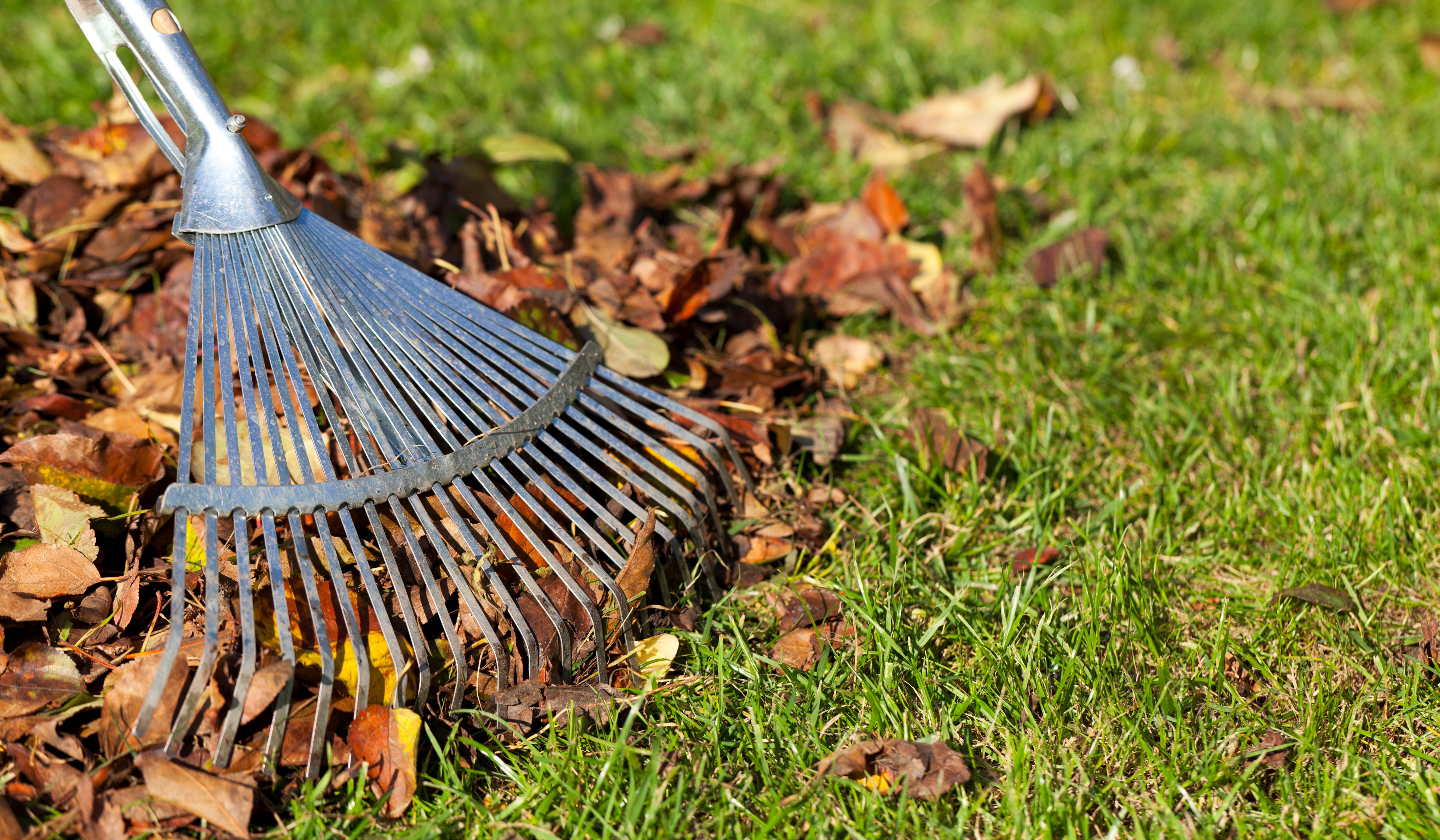
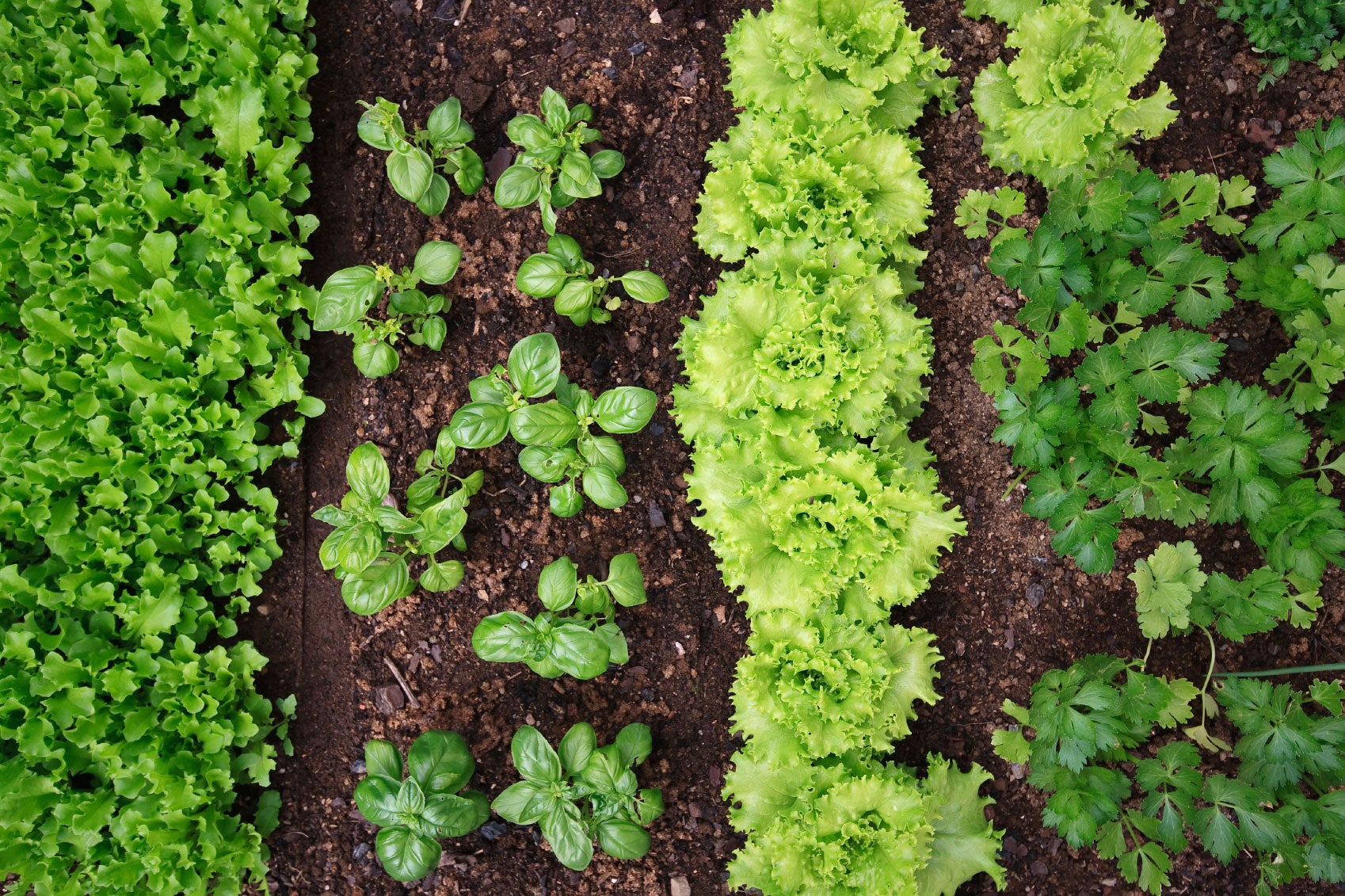
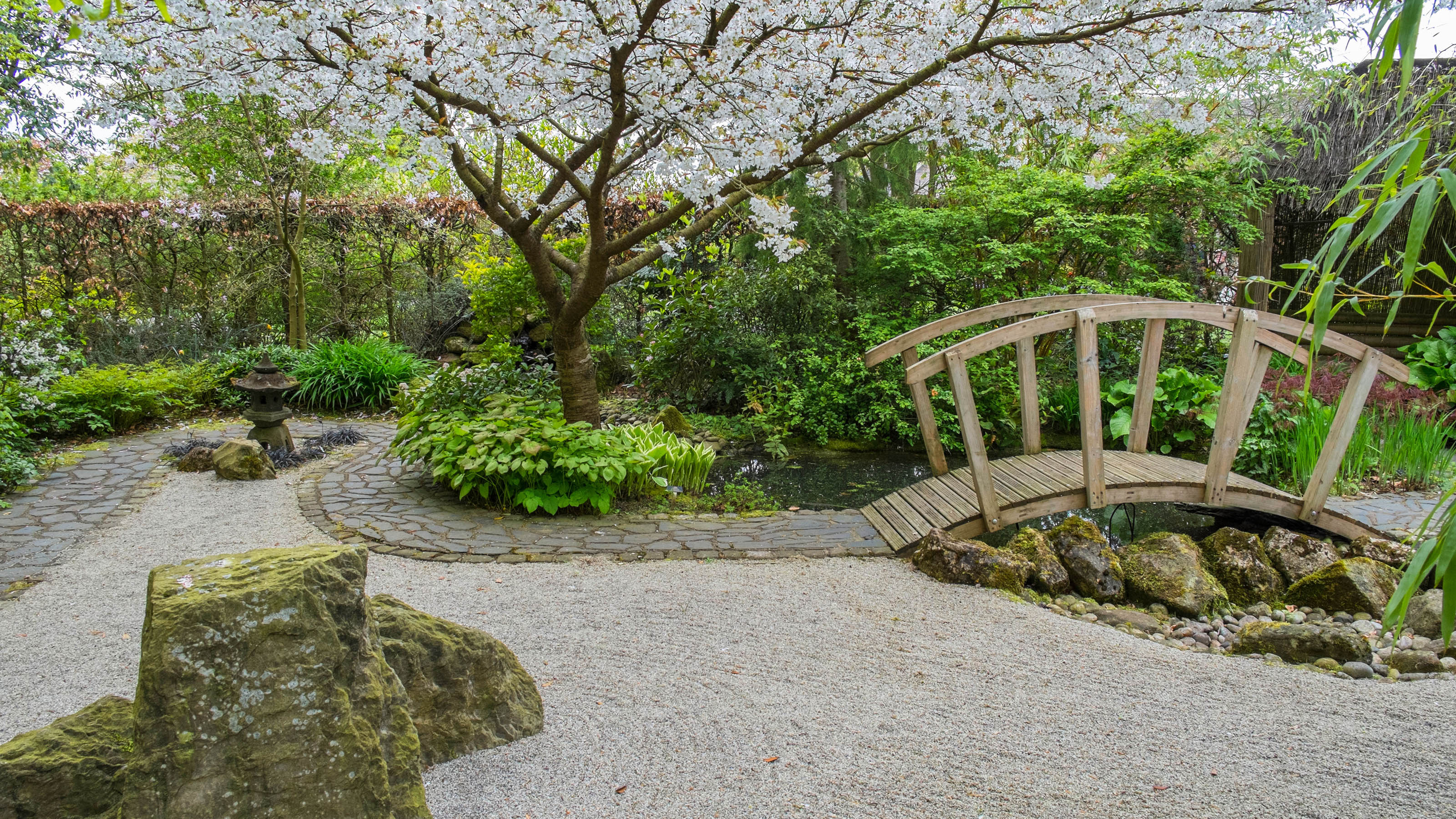
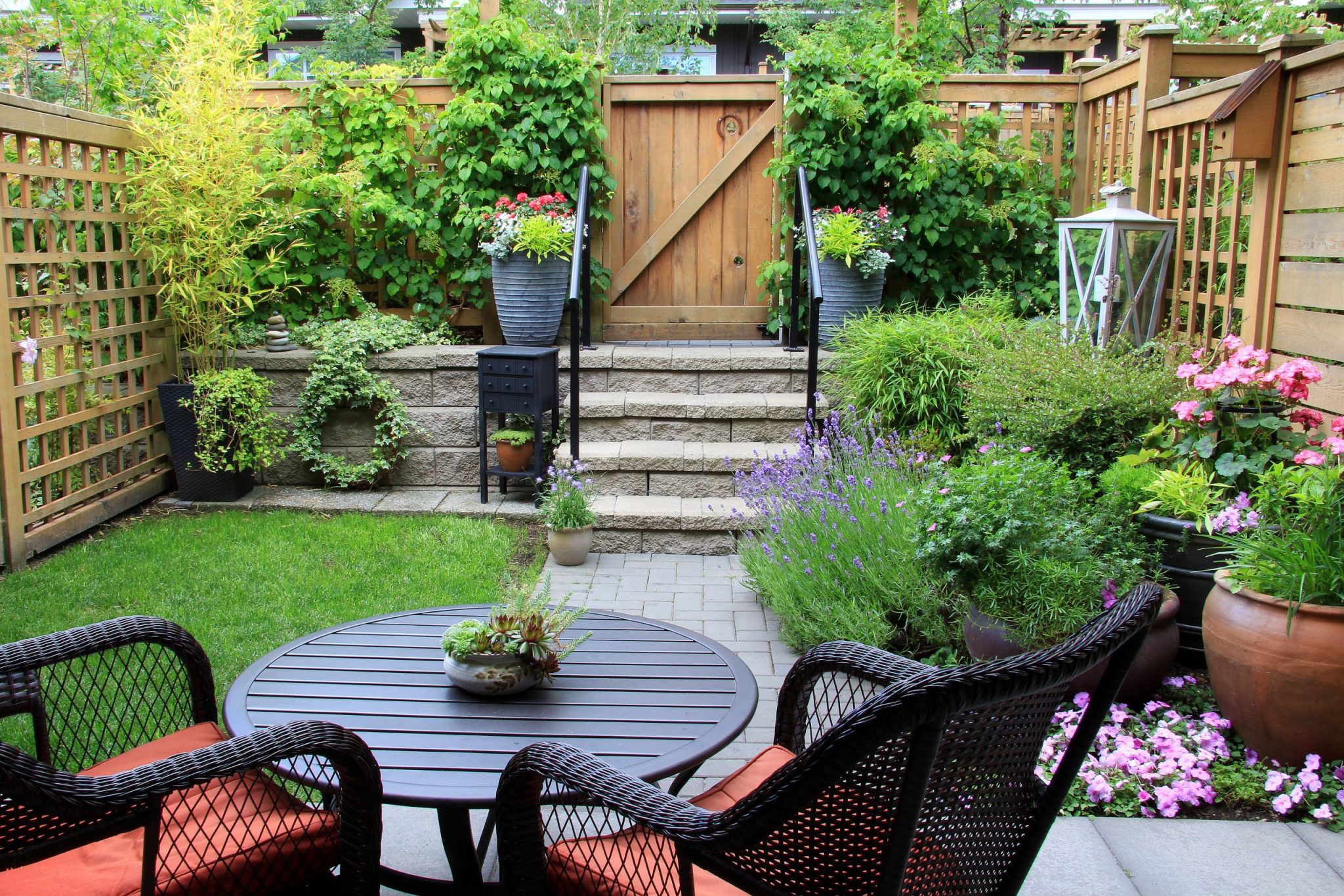
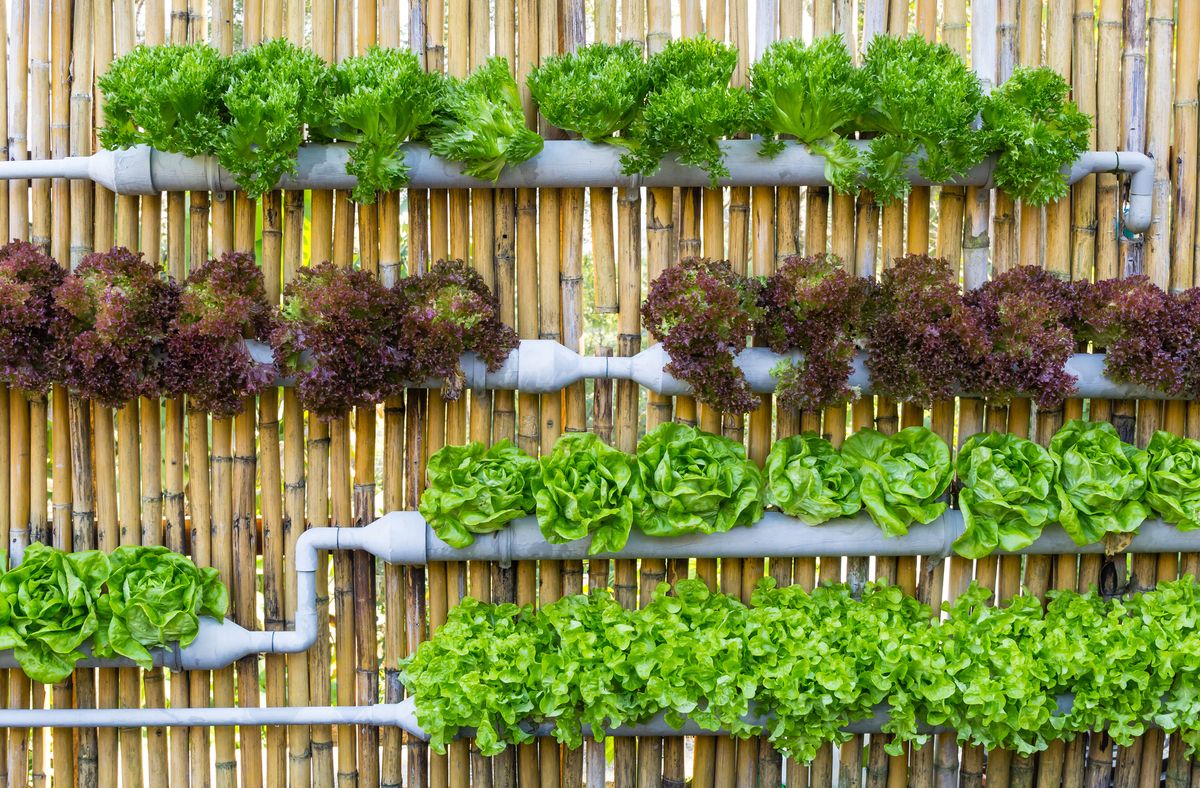
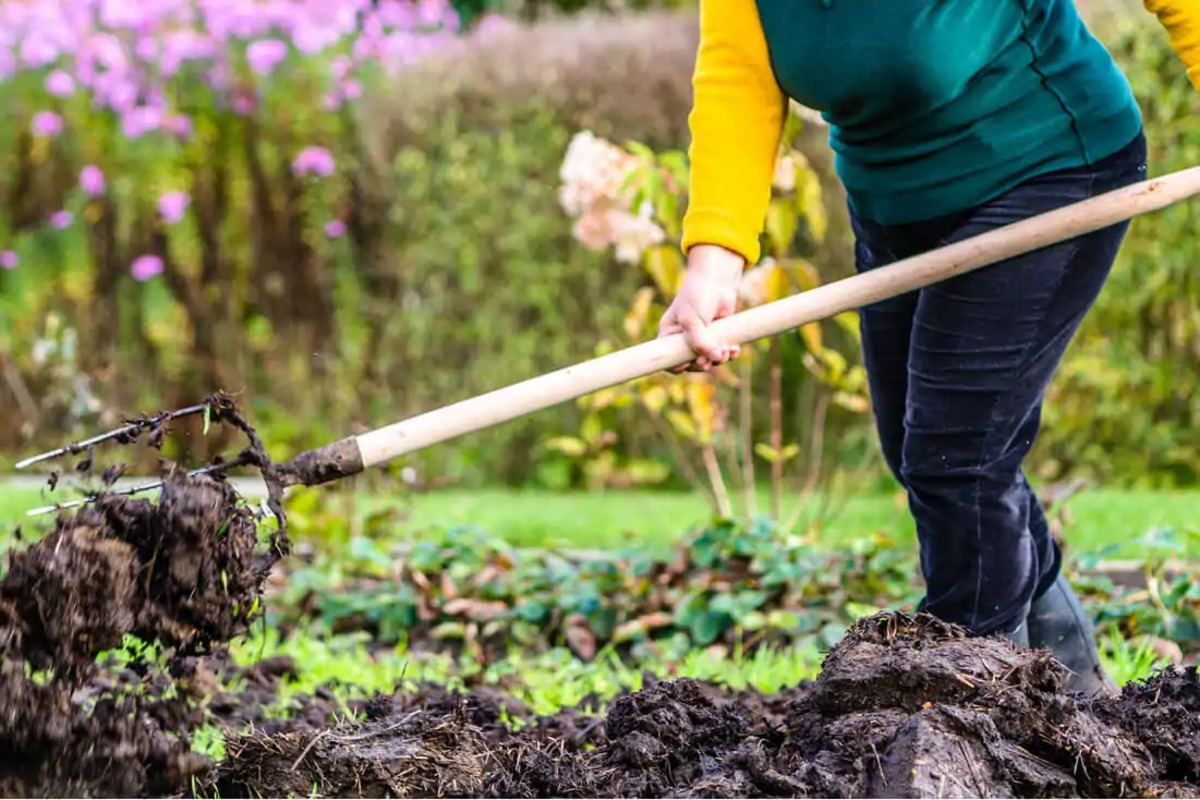
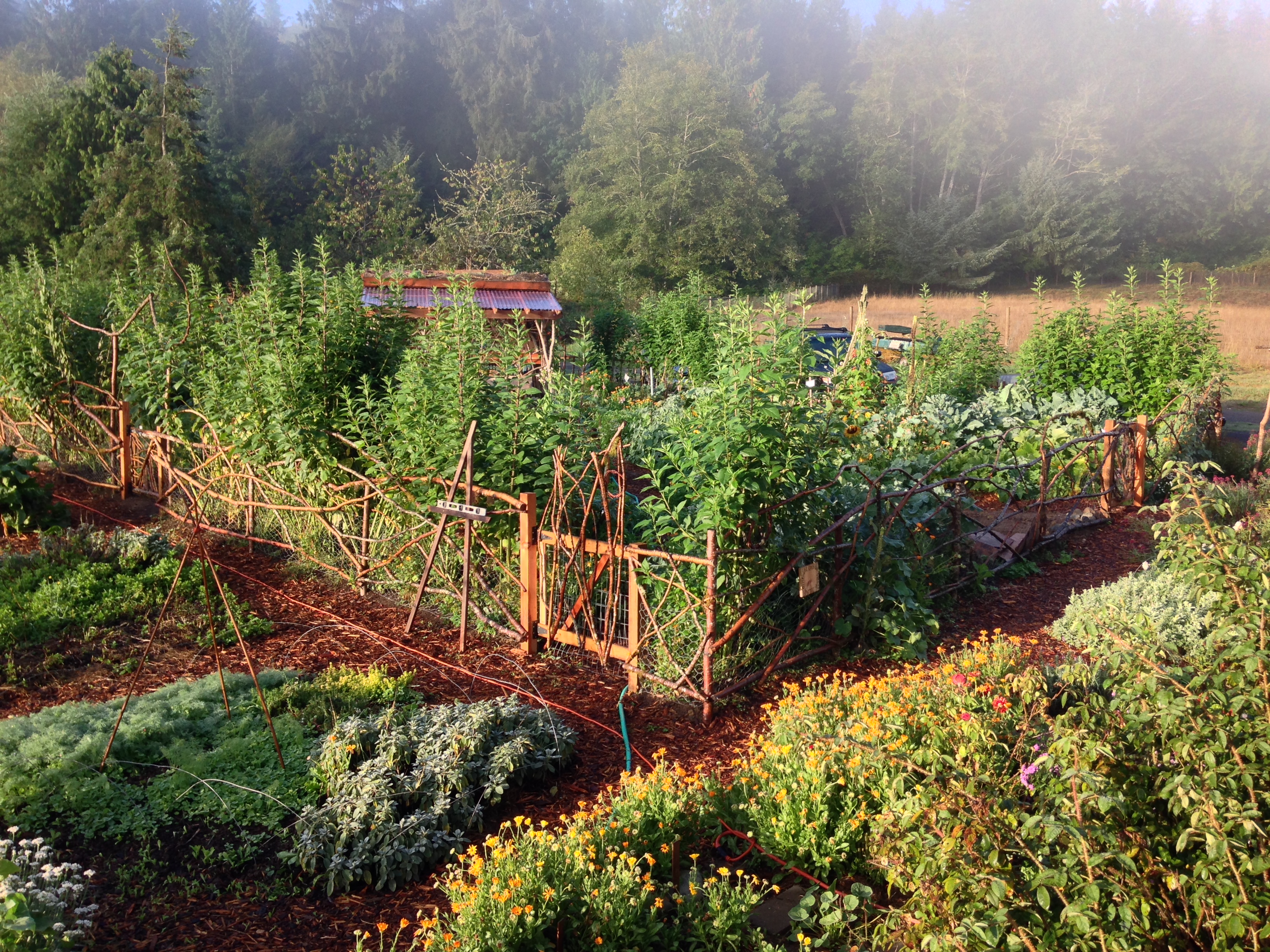

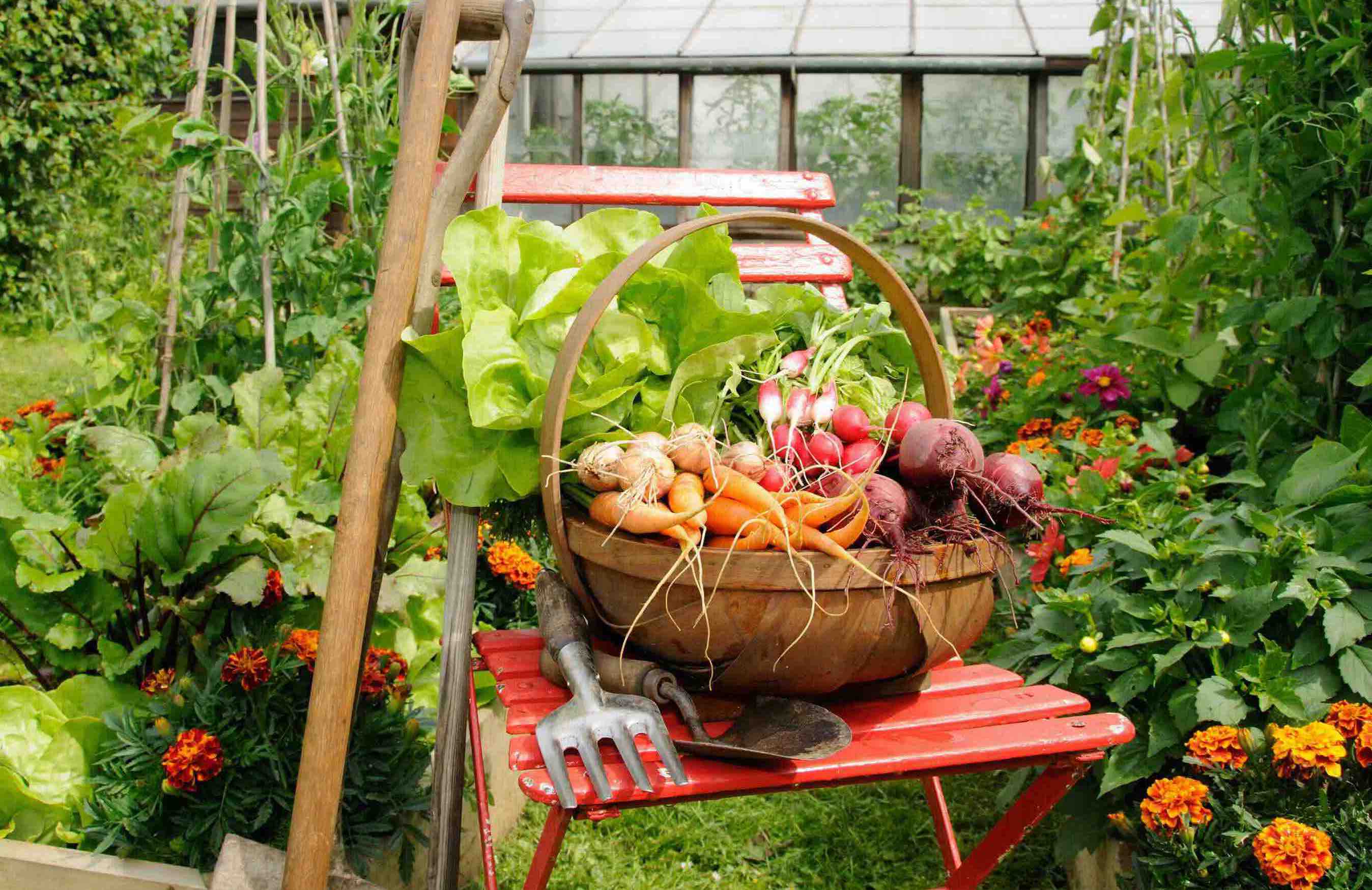
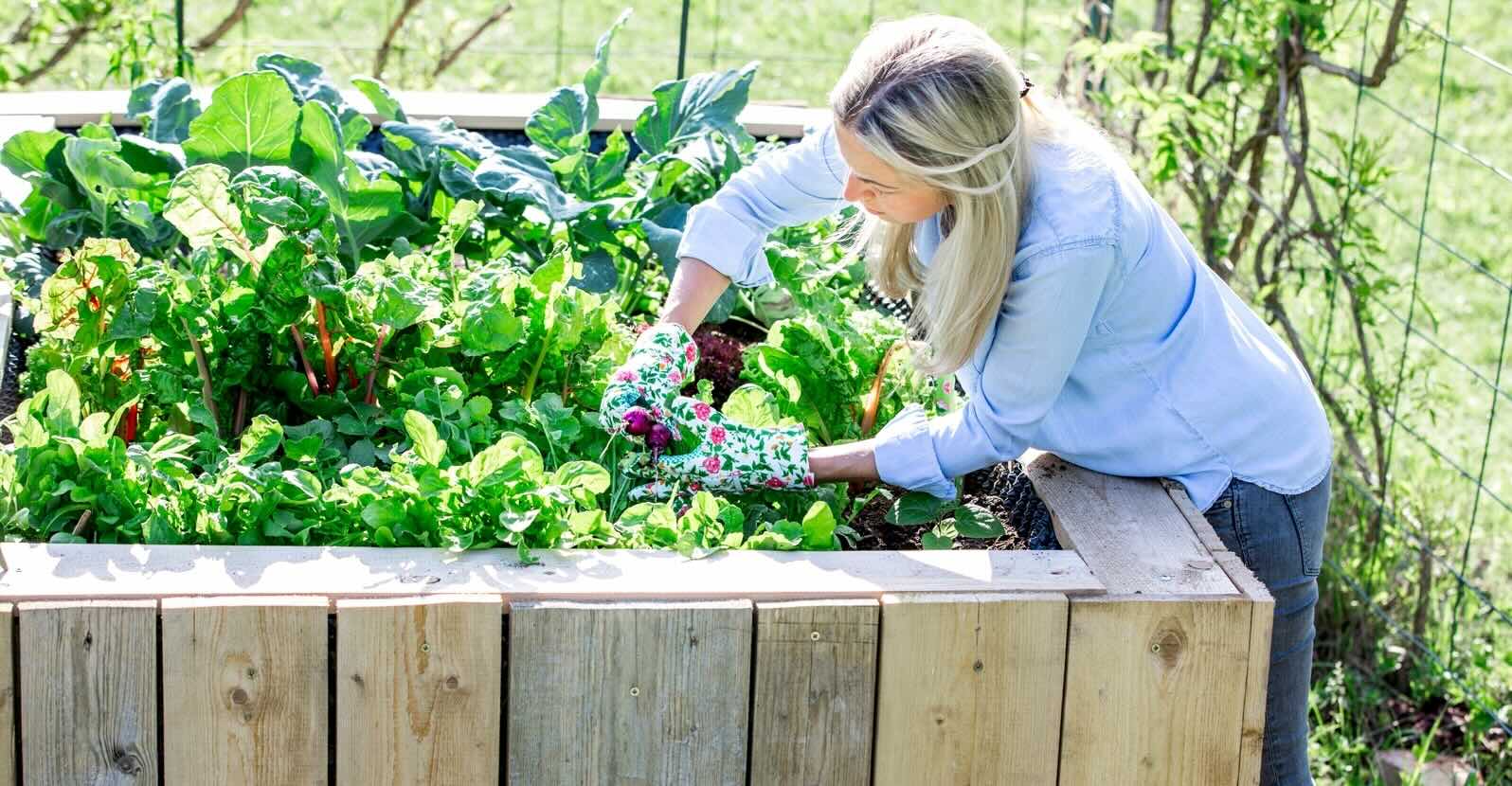
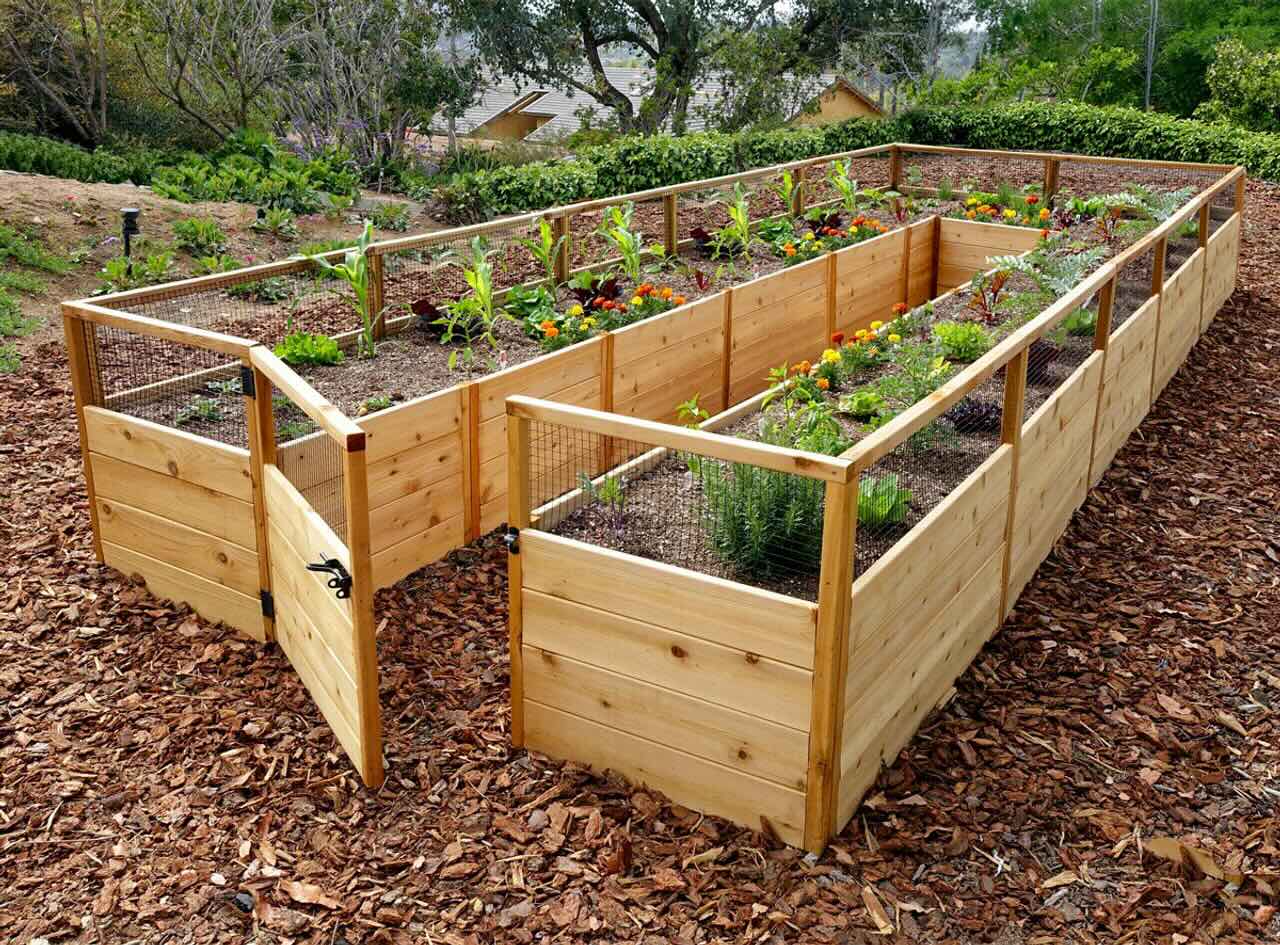
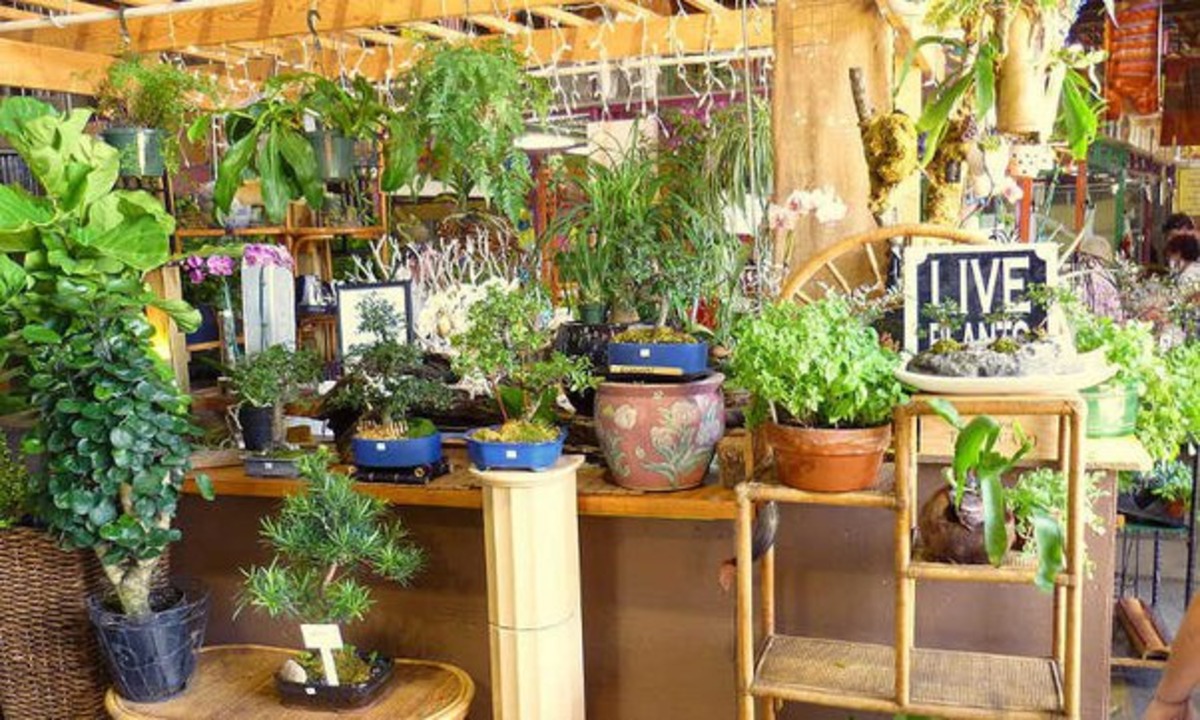
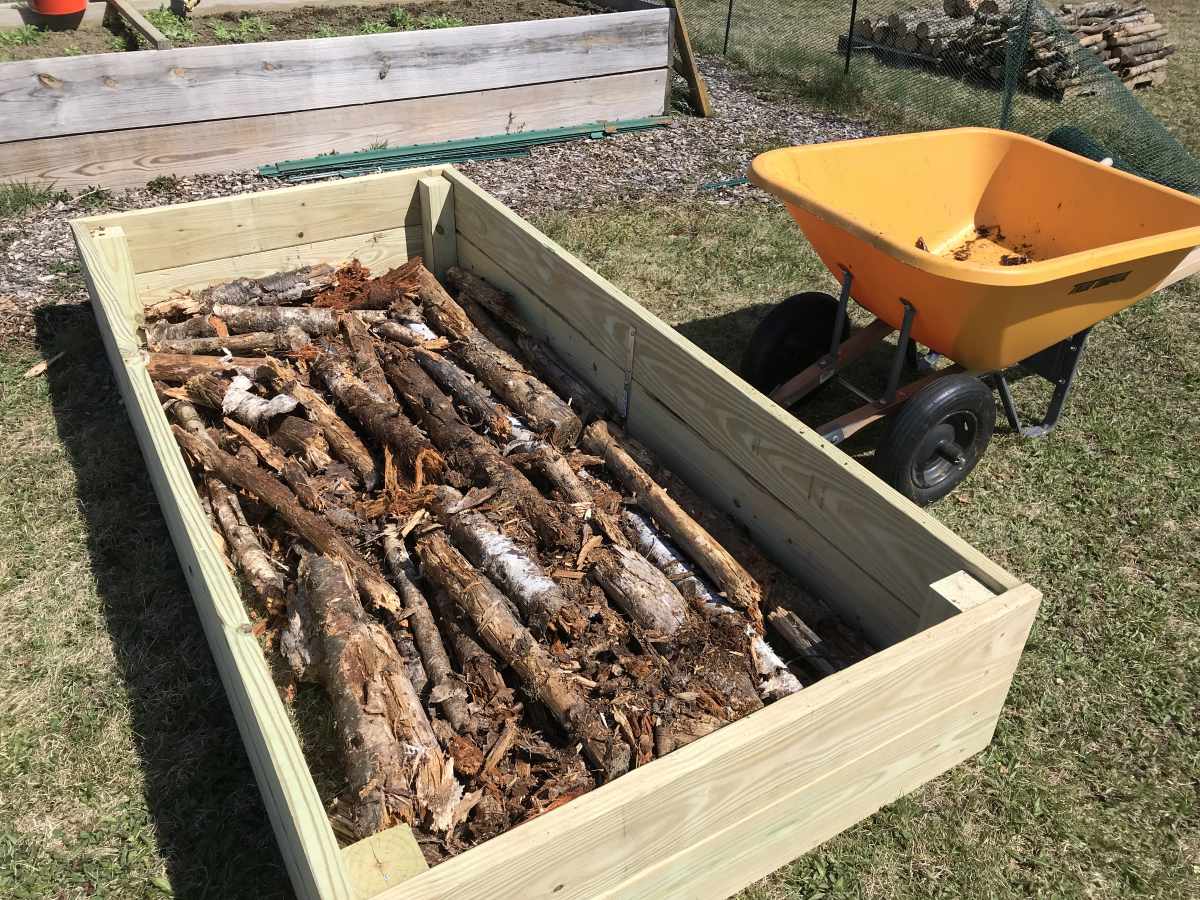

0 thoughts on “What Is Garden”